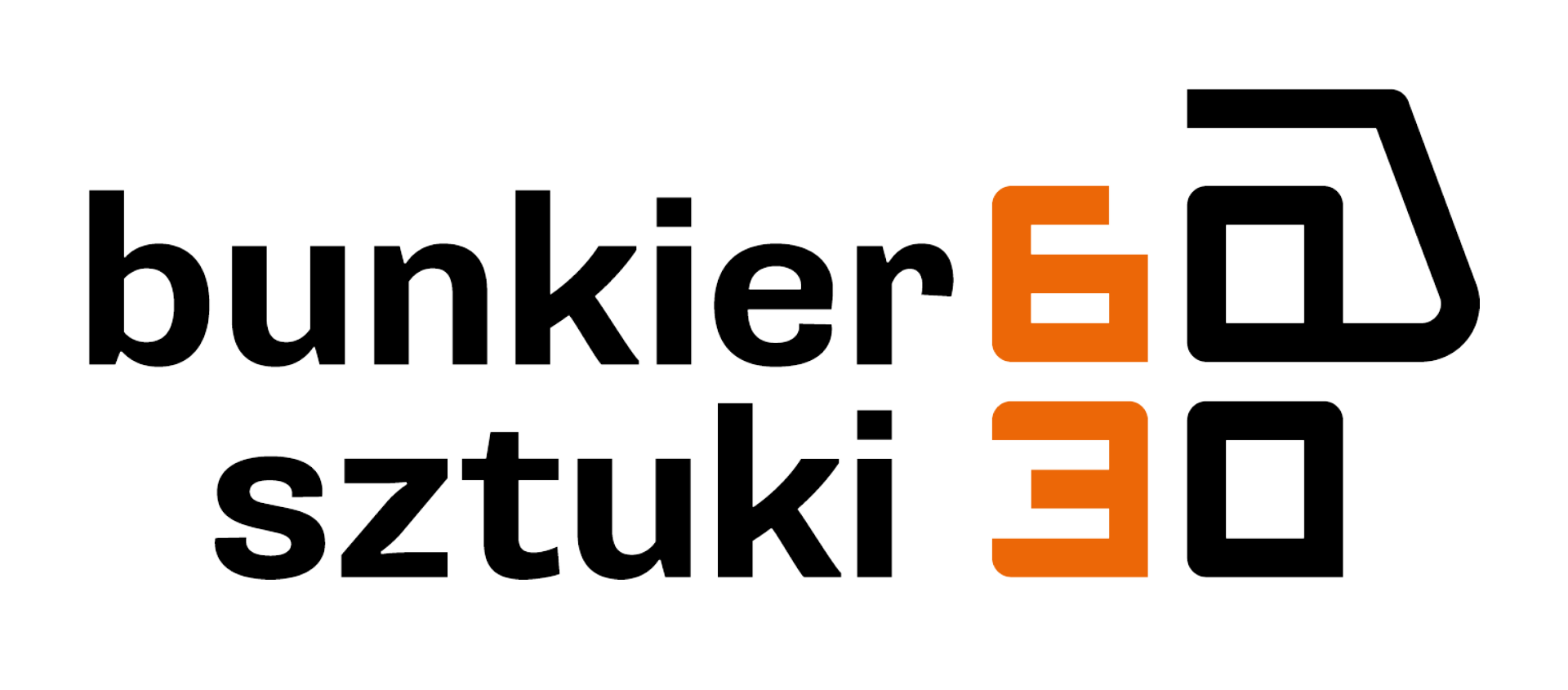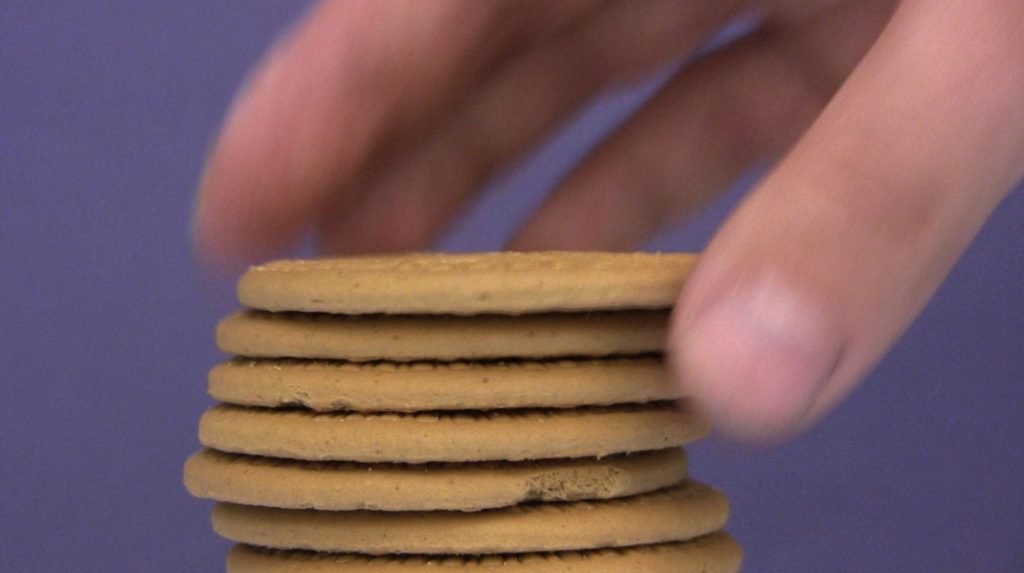Bunkier Sztuki Collection.
Case Variation
Soft speculation archives
Works of art entering a collection become part of a network of institutional procedures—restrictive systems of classification, measurement, preservation and display standards.
Their immobilization in museum storerooms encourages the settling of dust, as well as fading and erosion of meanings and emotions that accompanied the creative process. While the underlying force of art is continuous movement and the search for new ways of storytelling, a collection is what remains after the act of creation.
In the six-month-long project Bunkier Collection: Case Variation, individuals affiliated with the Doctoral School of the Jan Matejko Academy of Fine Arts in Kraków undertake an experimental research program to interpret the Bunkier Sztuki Collection. The tools they employ to read selected works from the Collection stem from diverse creative strategies—ranging from conservation-oriented practices to drawing, as well as conceptual and performative actions.
The act of narrating objects, initiated by the doctoral students, reveals new contexts for the Bunkier Sztuki Collection, presenting it as a body of works that demands to be reinterpreted. In the process of activating selected pieces, the past perfect tense inscribed in them transforms into an invigorating subjunctive mood. The dormant potential of works retrieved from the silence of storerooms enters the phase of retesting.
Viewing the Bunkier Sztuki Collection as a starting point is linked to the Gallery’s jubilee celebrations. The year 2025 marks the 60th anniversary of the opening of the Gallery—then functioning as the Municipal Exhibition Pavilion—and the 30th anniversary of the renaming of our institution as the Bunkier Sztuki Gallery of Contemporary Art. On this occasion we would like to present our collection of 450 works by more than 170 artists from 20 countries in a special way. The core of the Collection consists of works acquired after exhibitions and artistic actions held at the Bunkier Sztuki Gallery.
Bunkier Sztuki Collection. Case Variation: Under the Surface Bunkier Sztuki Collection. Case Variation: AudiovisionBunkier Sztuki Collection. Case Variation
Soft speculation archives
10.04– 4.05.2025
Concept Author: Ola Knychalska
Artwork: Maria Pinińska-Bereś, Portable monument entitled. Place, 1960s/1970s, art documentation, Bunkier Sztuki Collection
The project was inspired by two drawings by Maria Pinińska-Bereś from the Bunkier Sztuki collection—The Place. A Portable Monument and Stairway to Heaven. They directed the artist’s attention to conceptual sketches as a crucial element of Pinińska-Bereś’s practice, where they not only served a documentary function but also acted as a tool for constructing future actions—even before execution and sometimes replacing it altogether.
Although Pinińska-Bereś’s drawings are less frequently analyzed, they reveal an essential dimension of her artistic practice—the strategy of imaginative action planning. Rather than serving merely as technical notations, they create a speculative space in which the artist tests scenarios and anticipates her own gestures. These drawings can also be seen as an emancipatory tool—a means of negotiating possibilities for action within the constraints of socialist Poland, while simultaneously serving as a medium for autonomous and unrestricted creation.
But what happens when we reinterpret them today? Are they solely records of the artist’s intentions, or can they function as open scores—tools for reactivating artistic actions? What unexpected interpretations and relationships might emerge when engaging with them in a different context, through different bodies?
The materials gathered in the exhibition—drawings, performance records, and action documentation—do not form a closed archive but rather a structure full of gaps and interruptions. This archive does not operate within rigid frameworks; instead, it resembles a soft and flexible material, open to shifts and new connections. What remains is only a fragment of a larger whole—an archive that is not a neutral record of the past but a dynamic system of references that can be reactivated. The goal is not to reconstruct original actions but to explore their potentiality—how they can function in a different timeframe and new contexts.
A key component of the project is the Soft Speculation Group workshop, which brings these ideas into practice, engaging participants in speculative work with the archive. Using documentation, fragments of texts, and speculative tools, we approach the archive not as a collection of fixed traces but as a living system of references helping us navigate reality.
Bunkier Sztuki Collection. Case Variation
Bunkier Sztuki & Doctoral School of The Academy of Fine Arts in Krakow
coorganizer

Content-related Supervisor: dr Marta Lisok
Curatorial Assistant (Bunkier Sztuki Gallery): Agnieszka Sachar
Research Team: Józef Gałązka, Maria Kisiel-Jarek, Aleksandra Knychalska,
Anna Litwin, Magdalena Skrolecka, Katarzyna Smożewska, Ewa Szlachetka-Depak


